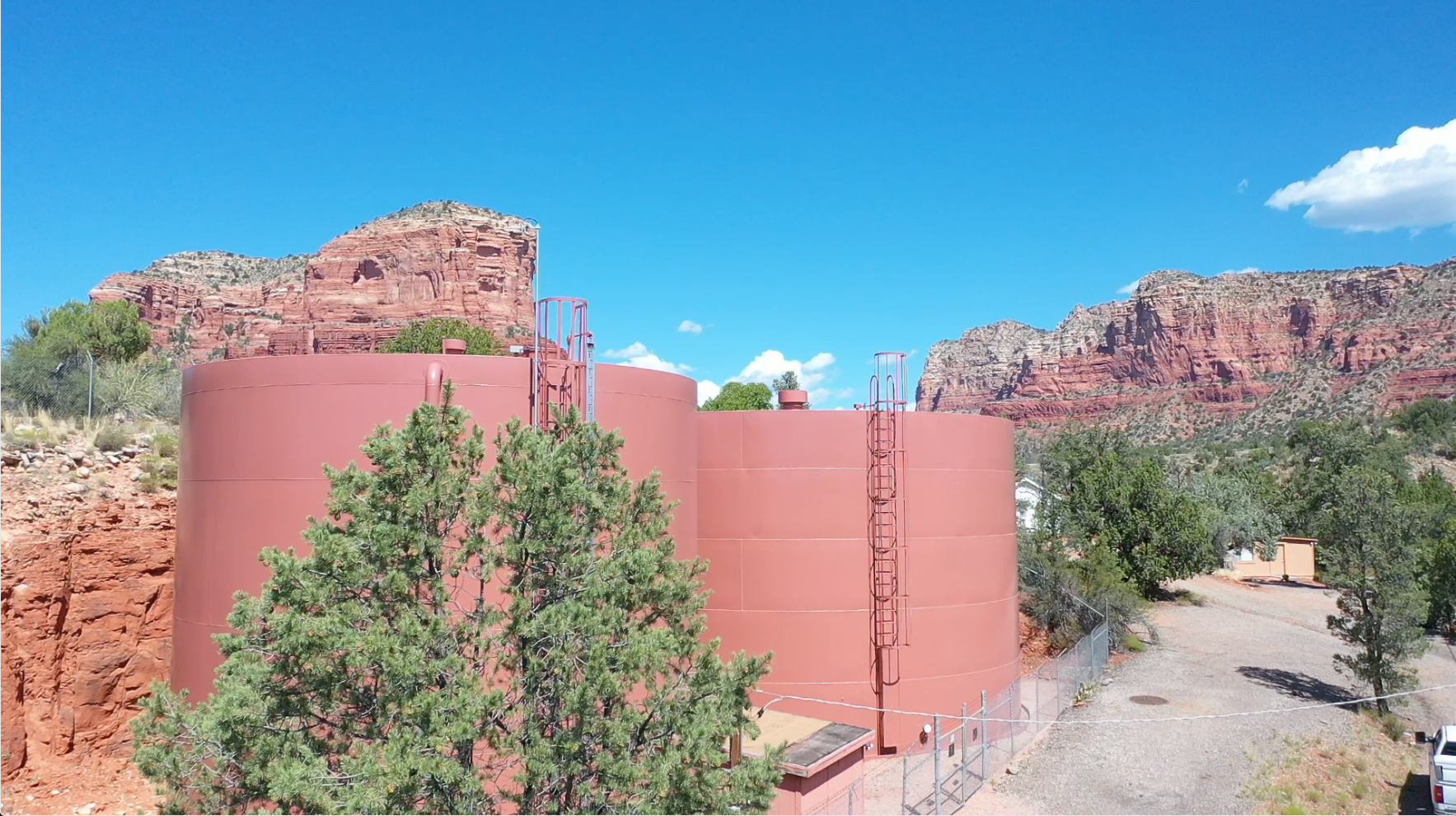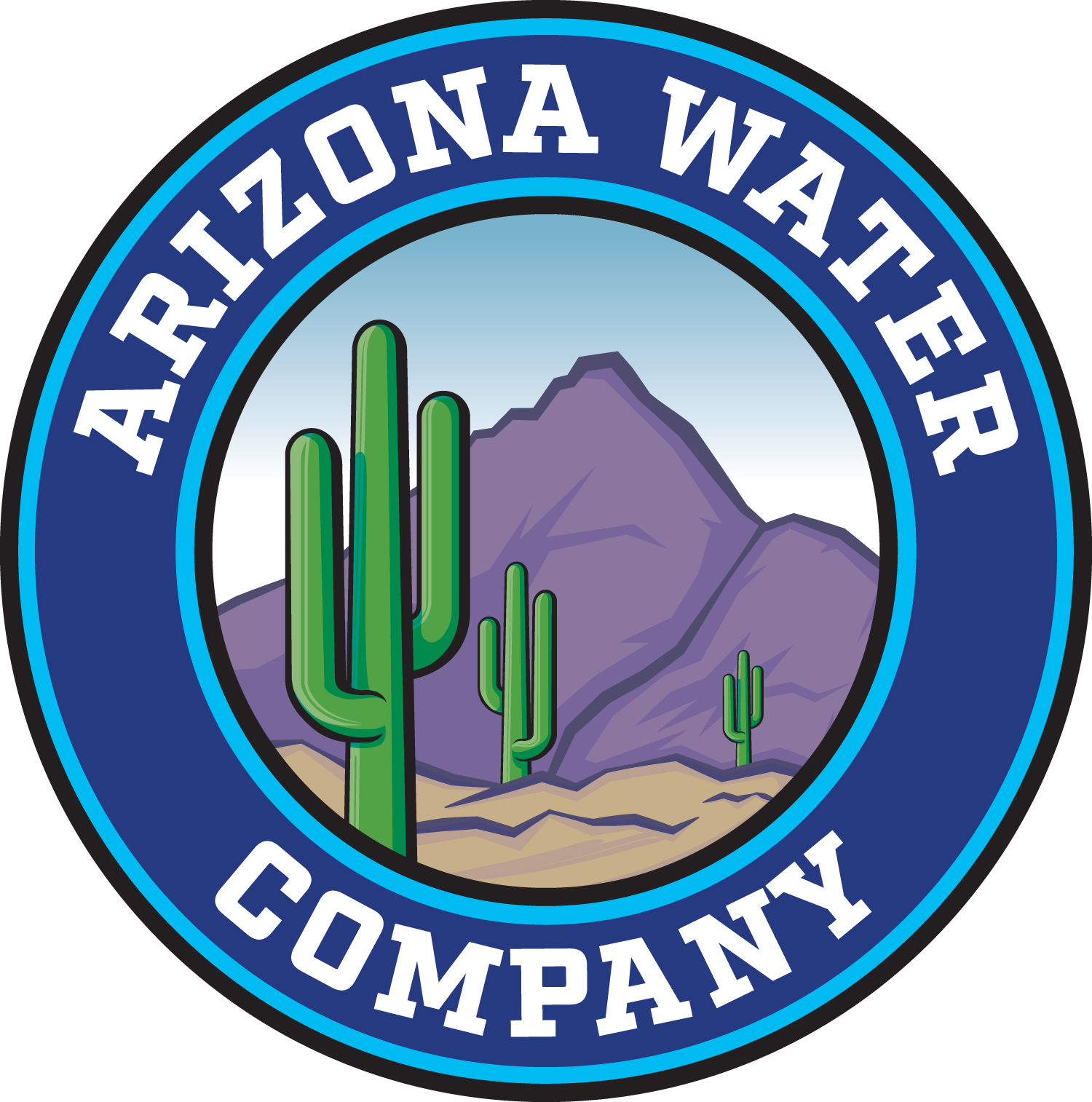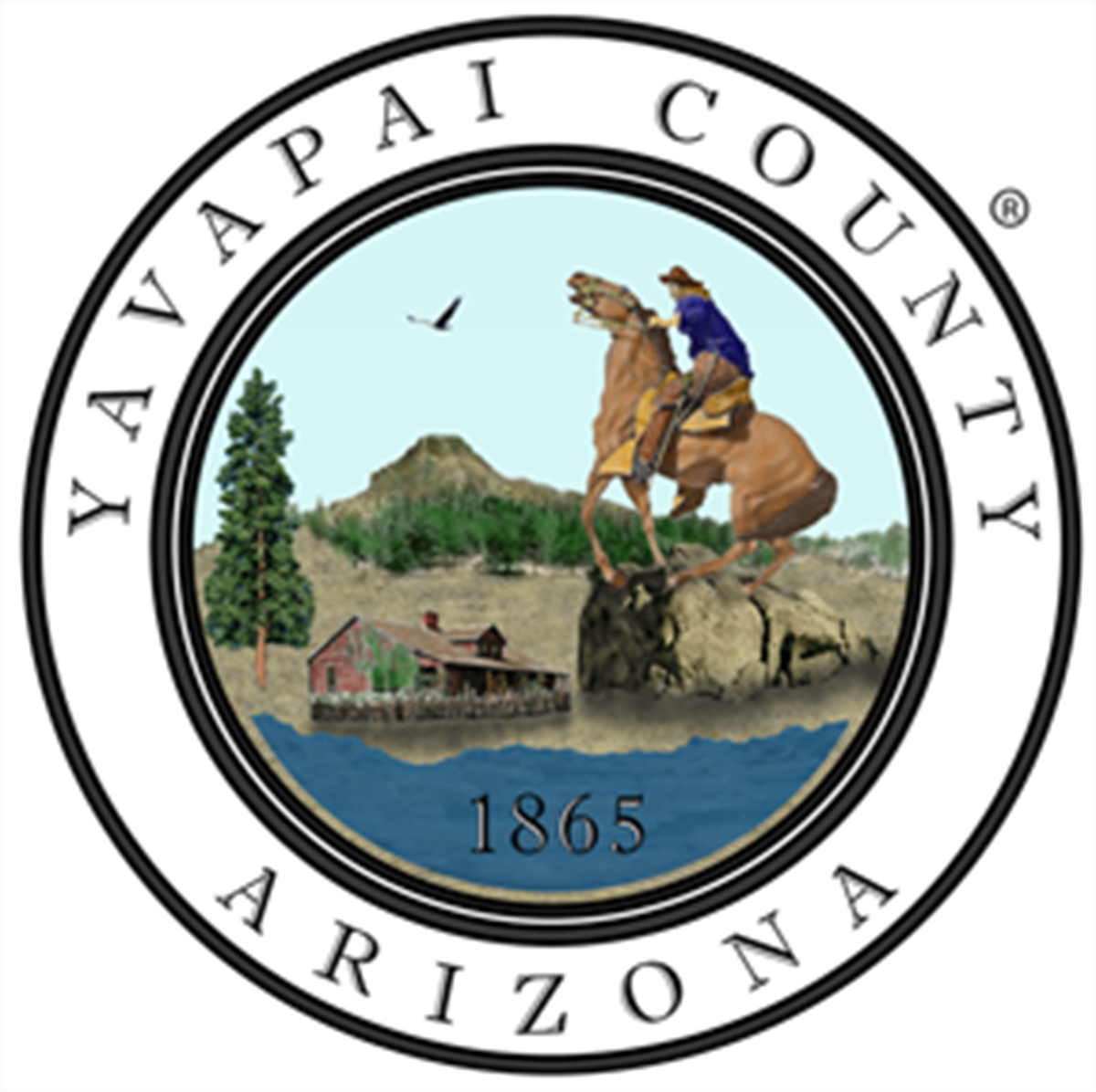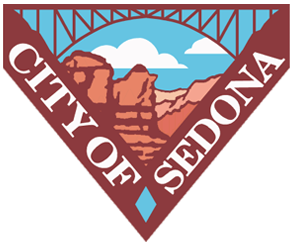FAQs
Frequently Asked Questions About AWC Sedona Ripple Effect
What is the Ripple Effect IDMP?
- The Ripple Effect Integrated Demand Management Program is a joint effort between the City of Sedona, the Village of Oak Creek, leaders in Yavapai County, and two local water utilities, Big Park Water Company and Arizona Water Company. The goal of Ripple Effect is to provide residents and businesses in Sedona and the village with a centralized location where they can access water conservation information and resources, as well as learn about water resource topics that pertain to the community.
What is an idmp?
- IDMP stands for Integrated Demand Management Program, which is a step above a standard water conservation program.
- The word “Integrated” is used because this program brings together many different entities so that we collectively can come up with the best program for the communities.
- The words “Demand Management” are used for a few reasons. For one, there are many reasons why people may conserve water: to reduce their water bill, because they don’t want to be wasteful, or because it is the right thing to do for the environment. Water conservation is also a way to reduce the demand that a community has on the aquifer. When you conserve water, you can have an impact on local water resources because if you are able to conserve one gallon of water, it is one less gallon of water that the local water utility has to pump out of the ground or pull from their water resource portfolio. Demand management is the connection that is made between conserving water and how it can actually impact water resources for an area. Demand management is also a term used to help emphasize that the utilities should also be looking at ways to save water, not just the end user like residents and commercial properties in an area.
What is the status of the Colorado River?
- The Colorado River flows for approximately 1,450 miles and provides water to seven states in the Western U.S. that are part of the Colorado River Basin. Divided into two regions; the Upper Basin includes Colorado, New Mexico, Utah, and Wyoming; and the Lower Basin includes Arizona, California, and Nevada. Within Arizona, the Central Arizona Project (CAP) delivers water from the Colorado River. In recent years, the Colorado River has been experiencing drought conditions which has impacted the amount of water delivered to the states in the Lower Basin. The Lower Colorado River Basin is in a Tier 2A shortage for 2023, however, favorable winter conditions on the river have moved the Lower Colorado River Basin to a Tier 1 shortage for 2024. While this means that there is more water back in the Colorado River system, we should all continue to use water efficiently . For more information on the impacts of the tier declarations, visit the CAP webpage dedicated to the Colorado River shortage found here (https://www.cap-az.com/water/water-supply/adapting-to-shortage/colorado-river-shortage/).
What is the status of the drought in Arizona?
- According to the Arizona Department of Water Resources (ADWR), drought is a weather-related phenomenon that can occur in virtually all climatic zones, specifically in arid locations. Due to the arid conditions and low precipitation patterns across most parts of the state, Arizona is susceptible to drought and can be significantly affected by it. Arizona has been experiencing the current drought since the late 1990s. For more information on the drought conditions across the state, visit the ADWR drought information page here (https://new.azwater.gov/drought).
What is the Gila River General Stream Adjudication?
- The State of Arizona manages groundwater and surface water differently. Surface water is managed through the doctrine of prior appropriation, which essentially is first-in-time, first-in-right to use water. Groundwater is managed through the doctrine of reasonable use, where groundwater withdrawals are reasonable and put to beneficial use.
- The Gila River General Stream Adjudication, which includes Oak Creek, is a legal proceeding to determine the extent (volume) and priority (first use date) of water rights for water in Gila River and tributaries. This proceeding started in the 1970s and has over 100,000 water claims involved in it. The adjudication was started to settle water use claims on the Salt and Verde rivers. Adjudication is a potential legal constraint that may impact pumping of subsurface water known as “subflow” but not the physical availability of groundwater.
- Due to the numerous claims and complexity of the adjudication process, the adjudication will take years to decades before the adjudication is settled. For more information on the Gila River General Stream Adjudication, visit the ADWR Adjudications page here (https://new.azwater.gov/adjudications/gila-river-and-little-colorado-river-general-stream-adjudications).
- Arizona Water Company continues to monitor activities associated with the adjudication for the region and is planning for any potential risk to water resources for Sedona and the Village of Oak Creek.
What efforts have Big Park Water Co. already taken for water conservation?
-
The Ripple Effect IDMP is a centralized location for water conservation information, however, prior to the launch of Ripple Effect, both Big Park Water Company and Arizona Water Company have already implemented efforts to help the City of Sedona and the Village of Oak Creek conserve water.
- Conservation information: The Big Park website has tips on how to conserve water which can be found here (https://bigparkwater.com/water-conservation/).
- Conservation-Oriented Rate Structure: A conservation-oriented rate structure means that the rate of water increases as the amount of water used by a customer increases. In other words, when a customer uses higher volumes of water, they enter into a new “tier” of water rates and therefore pay more per unit of water. This encourages water conservation. Information on rates can be found here (https://bigparkwater.com/rates-tariffs-big-park-water/)
- Curtailment Tariff: A curtailment tariff is a plan for how the utility plans to handle shortage conditions within their water resources. Information on the curtailment tariff can be found here (https://bigparkwater.com/my_files/pdf_files/BPWC%20Curtailment%20Tariff.PDF)
What efforts have Arizona Water Co. already taken for water conservation?
-
The Ripple Effect IDMP is a centralized location for water conservation information, however, prior to the launch of Ripple Effect, both Big Park Water Company and Arizona Water Company have already implemented efforts to help the City of Sedona and the Village of Oak Creek conserve water.
- For a full list of the conservation resources available to AWC customers, please visit the Conservation Related Tariffs tab on the conservation website here (https://www.azwater.com/conservation/general-tips/)
- Conservation-Oriented Rate Structure: A conservation-oriented rate structure means that the rate of water increases as the amount of water used by a customer increases. In other words, when a customer uses higher volumes of water, they enter into a new “tier” of water rates and therefore pay more per unit of water. This encourages water conservation.
- Special Events: AWC staff attend local events to promote conservation resources and information and can put on special presentations to discuss conservation with local groups.
- New Homeowner Information: AWC staff have conservation information and resources available to new homeowners online and in local AWC division offices to educate new homeowners about what they can do to conserve water.
- Residential Audit Program Tariff: Customers can have a dedicated AWC staff member out to their home if they have high-bill concerns to help identify water waste and efficiency upgrade opportunities.
- Customer High Water Use Inquiry Resolution Tariff: If a customer has a high-bill concern, they can call the local division office and a dedicated AWC customer service representative will discuss why their bill may have increased and provide suggestions as to what the culprit may be.
- Customer High Water Use Notification Tariff: AWC customer service representatives run a monthly report to determine if any accounts are using above-average amounts of water. The identified accounts are contacted and alerted of higher-than-average usage so that leaks or other issues can be addressed.
- Water Waste Investigations and Information Tariff: If a customer notices a leak in a public space or a case of water waste, they can call the incident into the local division office and a dedicated AWC customer service representative will submit a ticket to have the incident investigated. If the waste is a leak on AWC infrastructure, staff work to resolve the issue, but if the waste is from another entity, AWC staff will alert that entity in an effort to resolve the issue.
- Leak Detection Program Tariff: AWC staff utilize special equipment to identify leaks in AWC infrastructure and work to resolve leaks proactively.
- Meter Repair or Replacement Tariff: AWC staff systematically assess in-service meters to identify meters needing repair or replacement.
- Curtailment Tariff: A curtailment tariff is a plan for how the utility plans to handle shortage conditions within their water resources.
How can I get my HOA, business, or school signed up for a free commercial water audit?
- Free water audits are available for water users (HOAs, schools, commercial properties) within the Arizona Water Company service areas. To get scheduled for an audit, email savewater@azwater.com
How to Get Involved
Residents in Sedona can get involved in water conservation by attending local workshops and community initiatives focused on efficient water usage and environmental preservation, such as creek cleanups and rainwater harvesting programs. Take an active role in preserving our water resources right here in Sedona!




